Venice is a fish (1) and its breathing is the tide that fills and empties the lagoon, determining element from which the city rises up, and that makes it a portrayal of itself: just as in the Italian theatre the pivot of the performance is not on the stage but the difference between that which separates it from the floor (2), Venice is the stage and, in the words of Iosif Brodskij in Fondamenta degli Incurabili, «is the kind of city where foreign and indigenous know in advance to be on display». (3)
Brodskij’s volume which was commissioned in 1989 by the Consorzio Venezia Nuova as part of a publishing and cultural project where even photography found a place with two works by Stephen Shore and Walter Niedermayr, who were asked to work on the MOSE project. Two authors interested in looking at the edge of vision and space, aware that in the margins and on the edges, in photography as in landscape ecology, you can find transitional environments, ecotones, incredibly fragile, but with high levels of energy exchange (4).
Shore pays particular attention to MOSE well aware of the limitations of photography in representing it, invisible for most of the time and spatially too vast to be contained in a single frame (5). Shore uses his investigative skills to weave a conceptual tale photographing every object that can add an element to the deciphering of the complexity of the work; his transparent language is completed with documentary support or other, which asks the reader for an active participation to understand the landscape and cultural environment in which the work is being inserted.
Working on more shots the author obliges then the viewer to indulge the movement of the shooting point, achieving an effect of greater dynamism in the construction of the mental image of what is being represented: to him, therefore, the task of completing the missing image fallen in the white spaces or between missed alignments of the images themselves.
«With this strategy of montage, the photographs juxtaposed in proximity show particularly active edges, not static at all» (6): a visual ecotone.
|
|
Niedermayr instead poses under the images words or phrases taken out of context from the numerous texts written within the MOSE project, in a similar operation in framing done with a camera, making use of these never didactic words but a semantic counterpoint, to again emphasize the limits of photographic representation (7).
The two books dedicated to the MOSE confirm that an analytical approach capable of addressing «disjunctions and detachments operated between yesterday and today, between culture and economics, and even between history and geography» (8) that characterise the contemporary landscape is extremely necessary to understand what surrounds us.
[ Giovanni Vanoglio ]
--------------------------------------------
(1) - Tiziano Scarpa, Venezia č un pesce, una guida. Feltrinelli, Milano, 2000.
(2) - Regis Debray, Contre Venise, Editions Gallimard, 1995. Italian edition Baldini&Castoldi, 1996.
(3) - Iosif Brodskij, Fondamenta degli incurabili, Ed. out of print edited by Consorzio Venezia Nuova, 1989. Revised and expanded edition Adelphi, 1991.
(4) - Almo Farina, Ecotoni: patterns e processi ai margini, 1995.
(5) - Antonello Frongia, Postilla, in MOSE, A Preliminary Report, Linea di Confine, 2011.
(6) - Tiziana Serena, Keep the distance, Mind the distance, in Walter Niedermayr, MOSE, Linea di Confine, 2011.
(7) - Tiziana Serena, ibidem.
(8) - Eugenio Turri, Paesaggio come teatro, Marsilio, 1998.
|
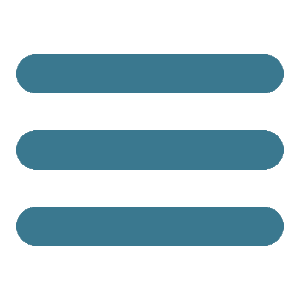
 home
cover ▼
opinions
news ▼
portfolio
post.it
post.cast
video
ongoing
thematicpaths
googlecards
FPtag
home
cover ▼
opinions
news ▼
portfolio
post.it
post.cast
video
ongoing
thematicpaths
googlecards
FPtag

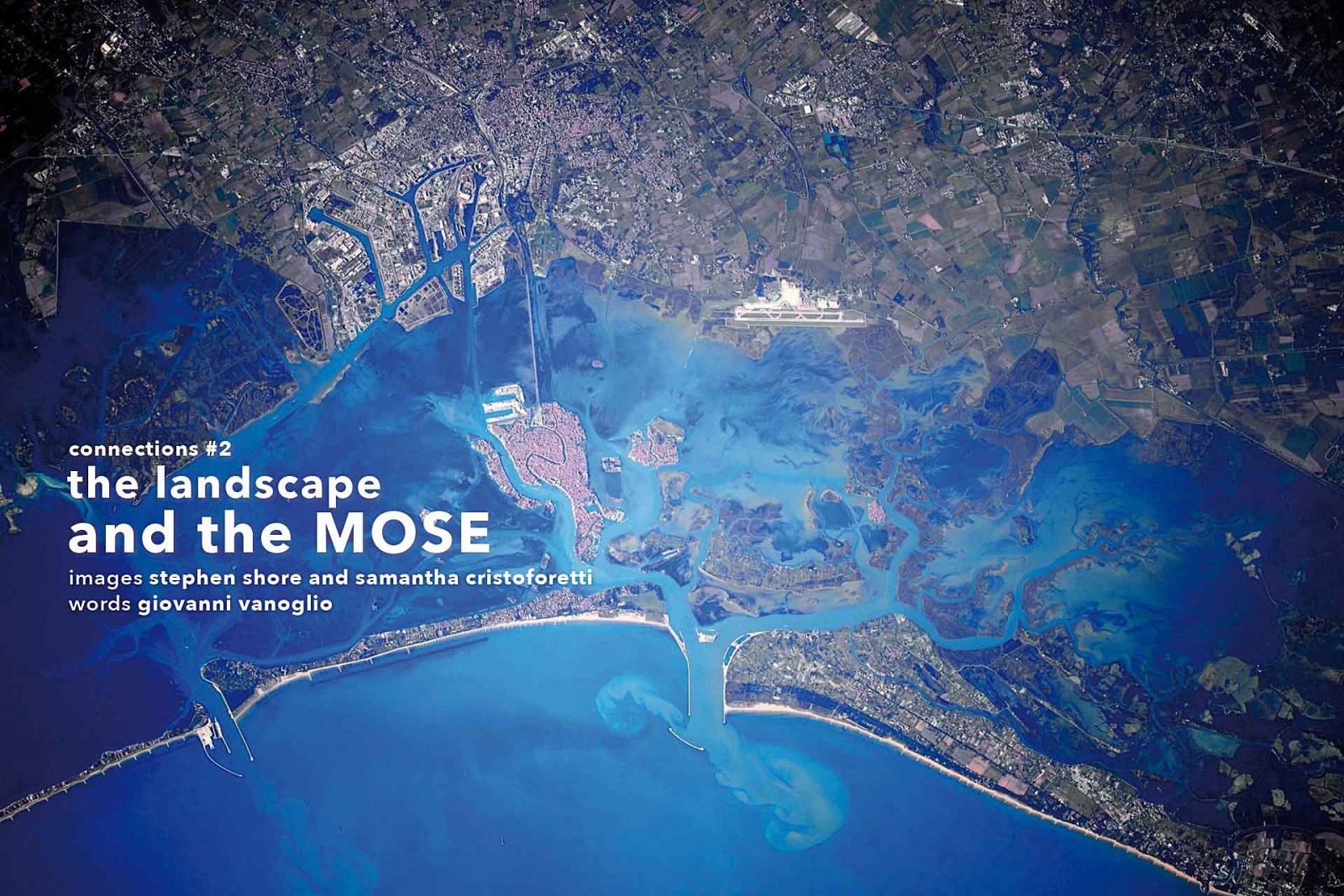
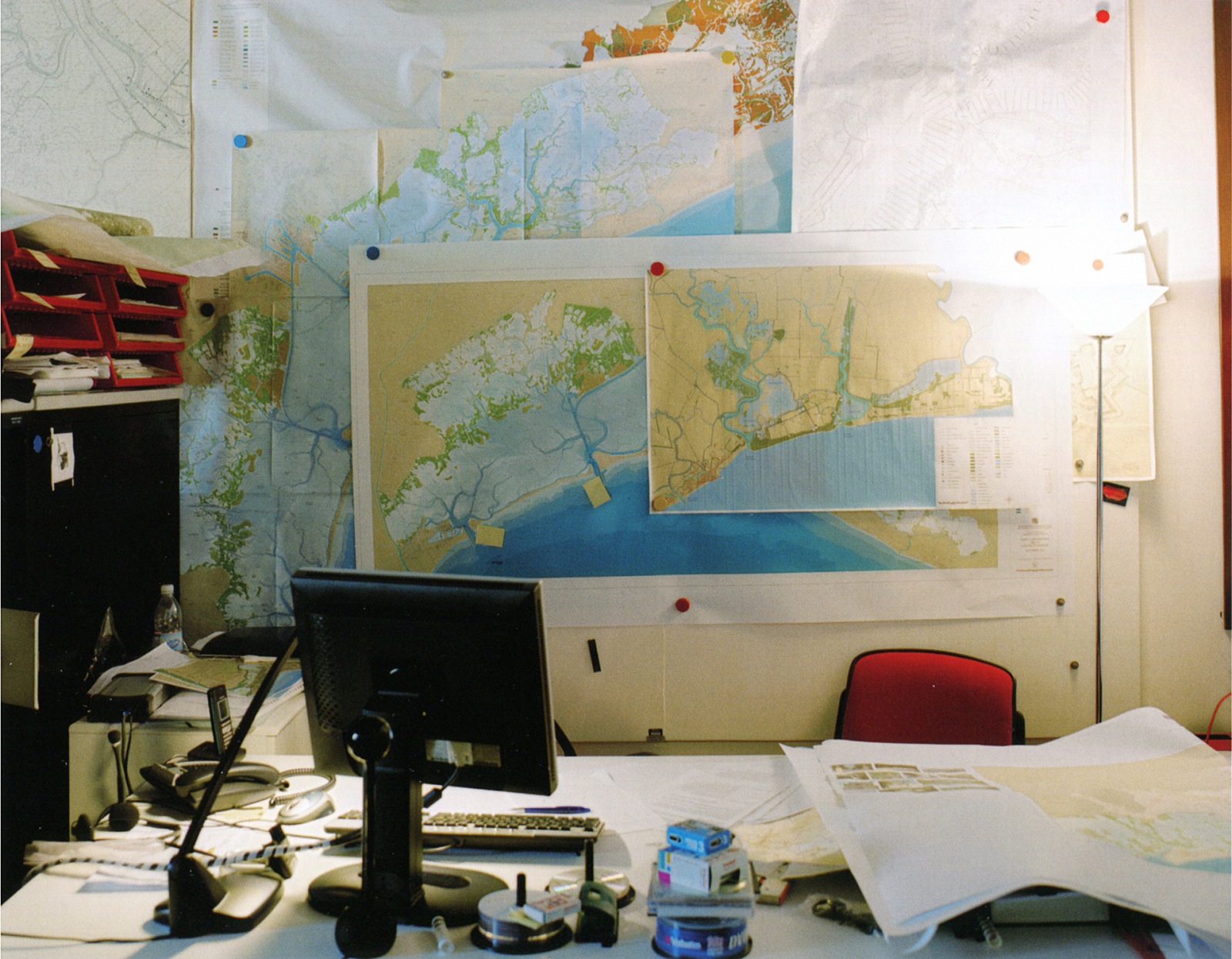
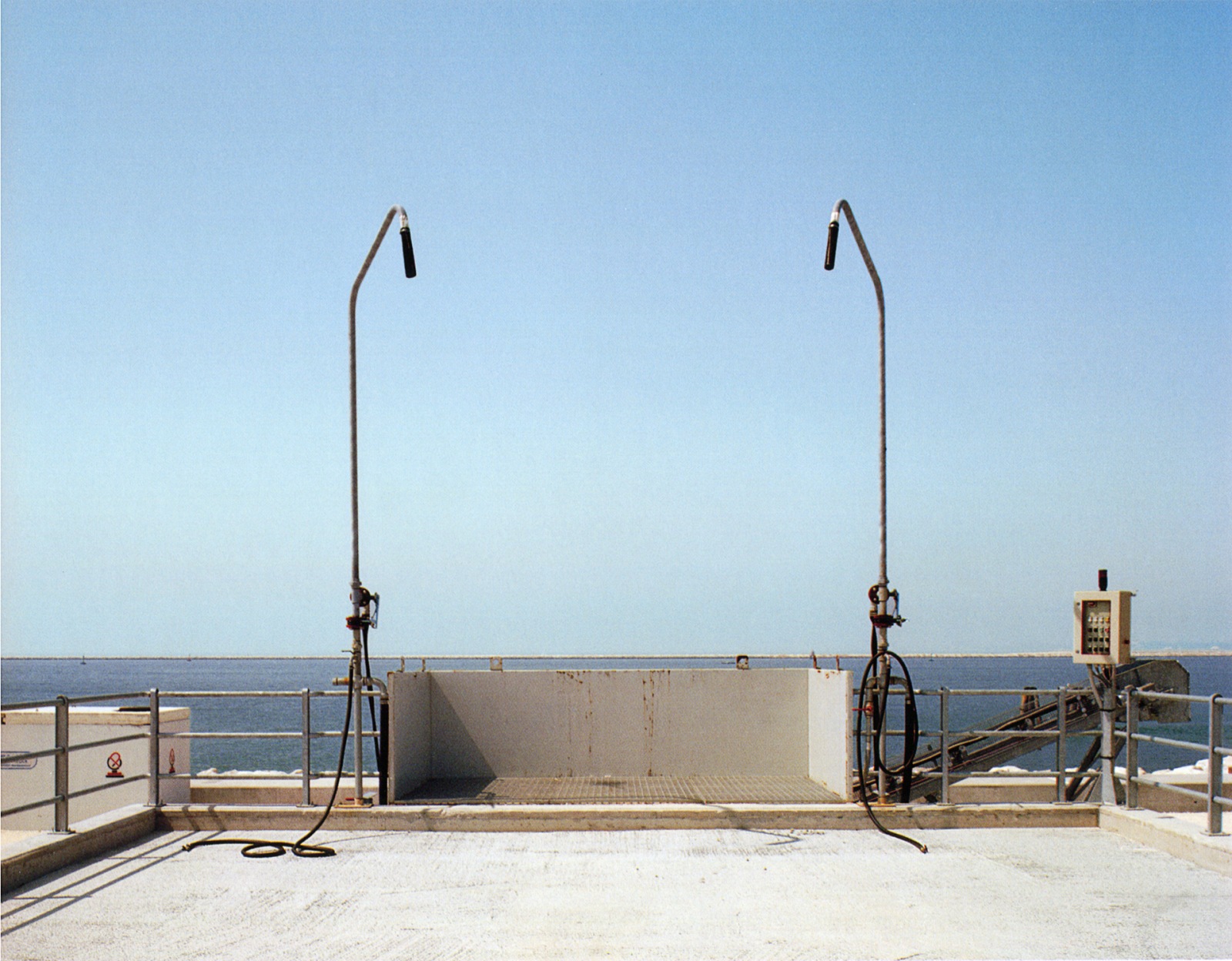
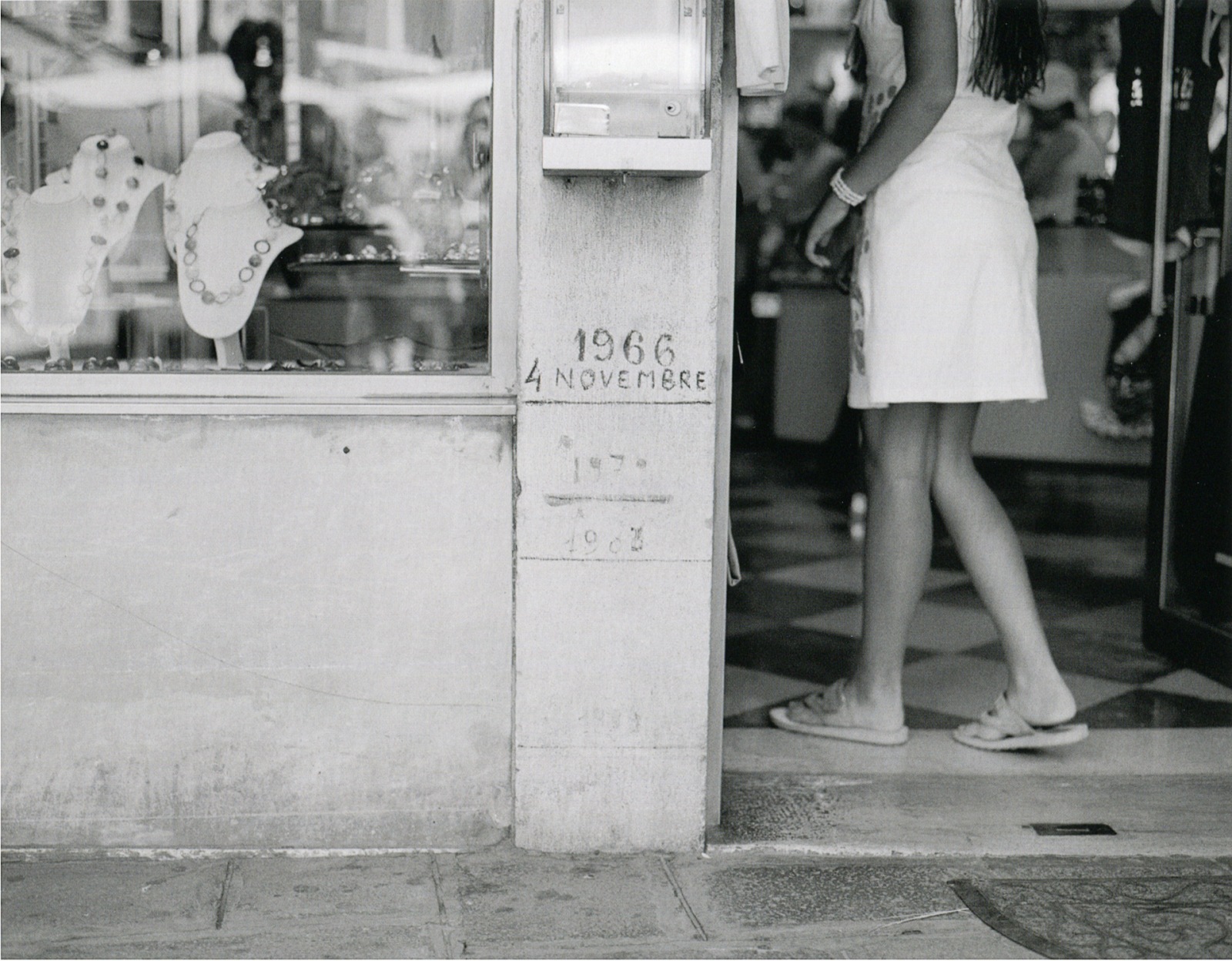
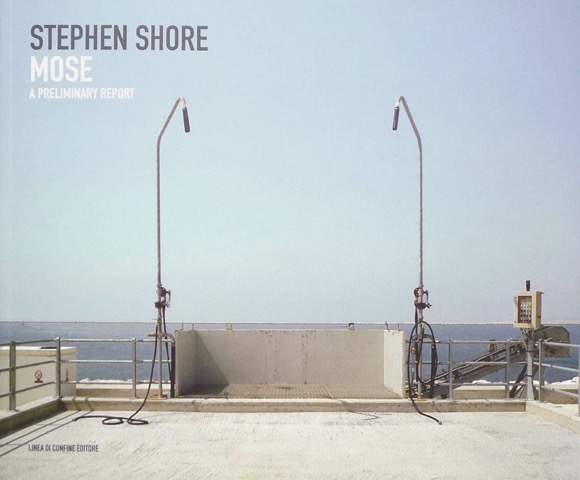 title Mose. A Preliminary Report
title Mose. A Preliminary Report
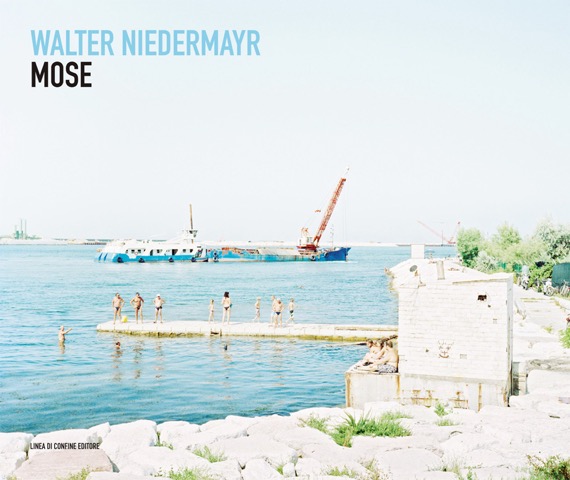 title Mose
title Mose